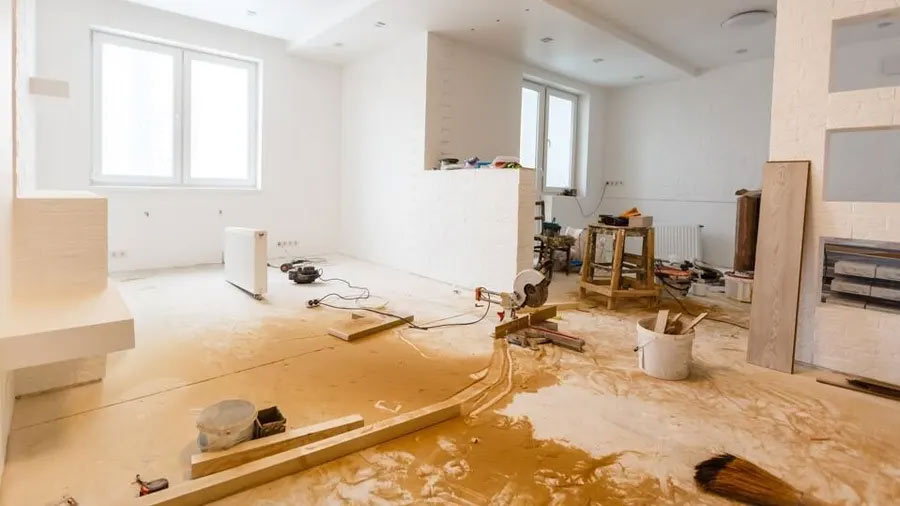
Renovation is the process of altering a structure or building to enhance its appearance or usefulness. Renovations can range from small-scale tasks like painting or changing a few fixtures to larger-scale tasks like adding a new room or modernizing the electrical system.
Renovation Types
Renovations of many kinds can be performed on a building or other structure. The following are some typical remodeling types:
Cosmetic renovations: The goal of cosmetic renovations is to enhance a building’s or structure’s appearance. These could involve painting, applying wallpaper, changing the flooring, or installing new lighting.
Renovations with a functional purpose: These renovations aim to make a building or other structure more functional. These could involve installing new appliances, upgrading the electrical system, or improving accessibility.
Renovating functionally
Renovations with a structural focus are made to strengthen a building’s or other structure’s framework. These could involve bolstering the walls, installing new supports, or fixing or replacing the foundation.
Motives behind Renovations
- To give a property a new look: Renovations can be a terrific approach to give a property a makeover.
- To increase a property's usability: Renovations can increase a property's comfort, effectiveness, or accessibility.
- To raise a property's value: Improvements can raise a property's worth and boost its marketability as a buy or rental.

Organizing a Renovation
Planning is essential before beginning any remodeling project. By doing this, you’ll be able to stay ahead of schedule and make sure the project is finished on budget.
The following advice can help you organize a renovation:
Establish a budget: It’s critical to decide on a spending limit for your restoration job before you begin. This will support your financial discipline.
Obtain quotes: Prior to choosing a contractor, get quotes from a few. This will assist you in comparing costs and locating the finest offer.
Obtain permits: If you need them for your renovation project, make sure to get them before you begin.
Employ a contractor: Hire a contractor if you feel uneasy handling the work yourself. A competent contractor will possess the expertise and abilities necessary to do the work correctly.
The Process of Renovation
he extent of the project will determine how the renovation goes. There are, nevertheless, a few standard procedures that apply to all renovations.
The steps in a typical renovation job are as follows:
Demolition: The contractor will take down any existing fixtures or structures if needed.
Destroying
Plumbing and electrical systems: The contractor is responsible for installing or updating these systems.
Plumbing and electrical HVAC: The HVAC system’s installation or modernization is the contractor’s responsibility.
HVAC Final Finishes: The installer will put in the ceiling, walls, floors, and other finishes.
Completing the Renovation Project's Cost
Renovation costs might differ based on the size of the job, the materials used, and the property’s location. But generally speaking, remodeling can be costly.
The following are some variables that may impact a renovation’s price:
The project’s size: In general, larger projects will cost more than smaller ones.
The materials: In general, higher-quality materials are more expensive than lower-quality ones.
The property’s location: Renovations in cities typically come with a higher price tag than those in rural locations.
